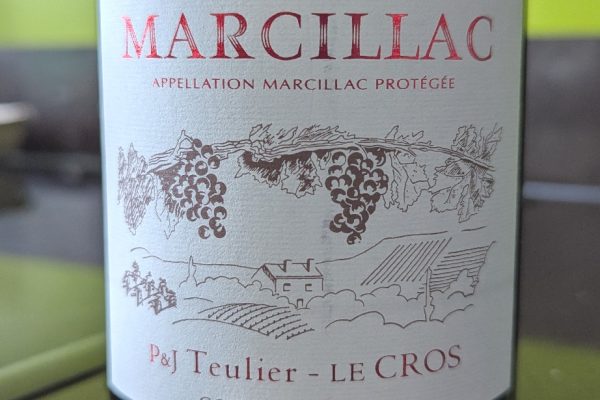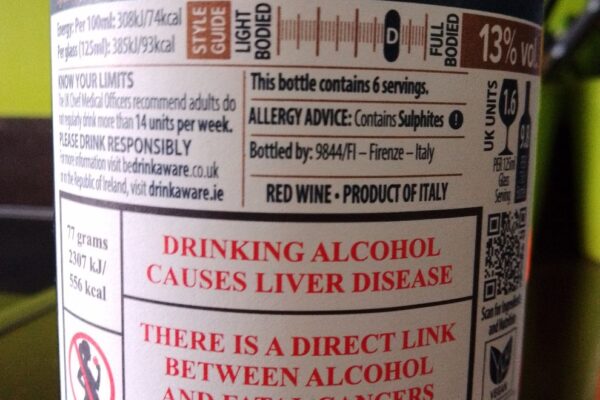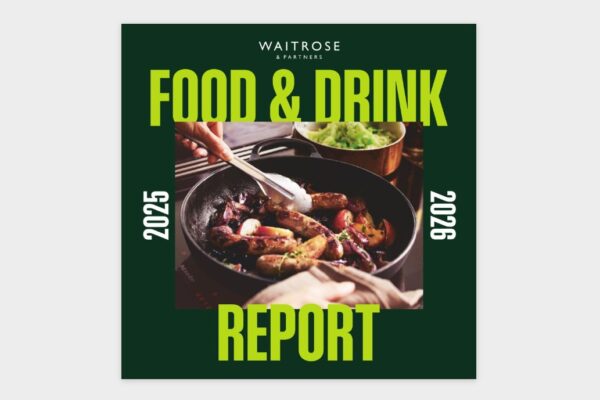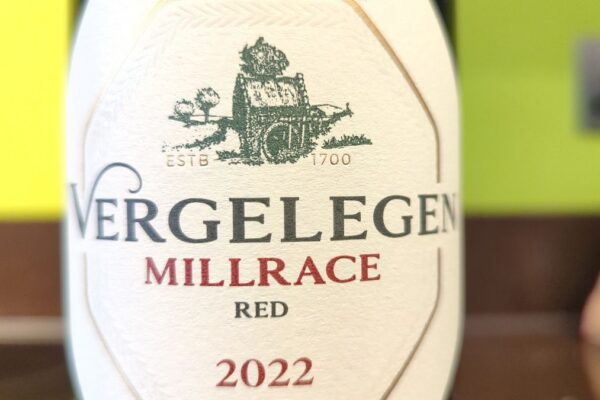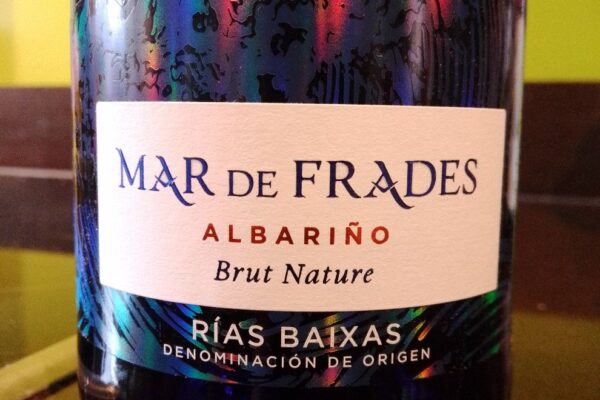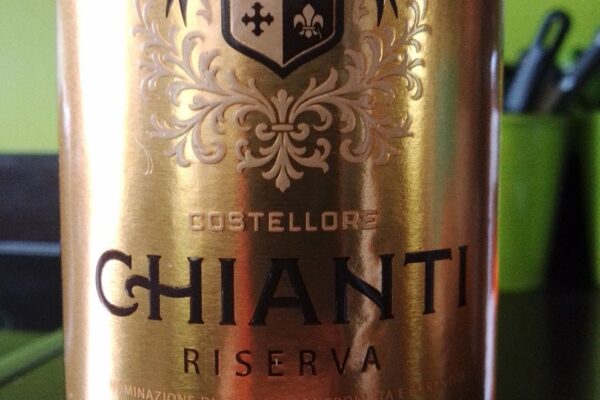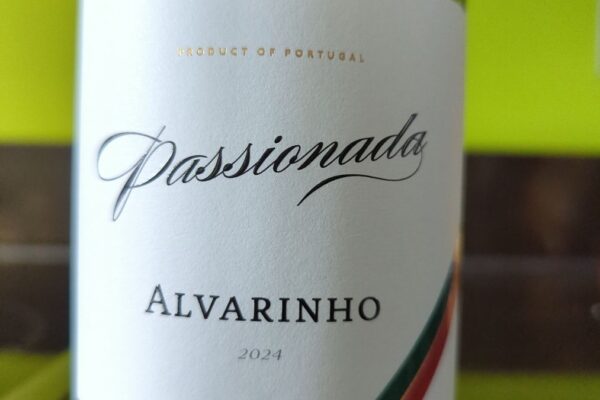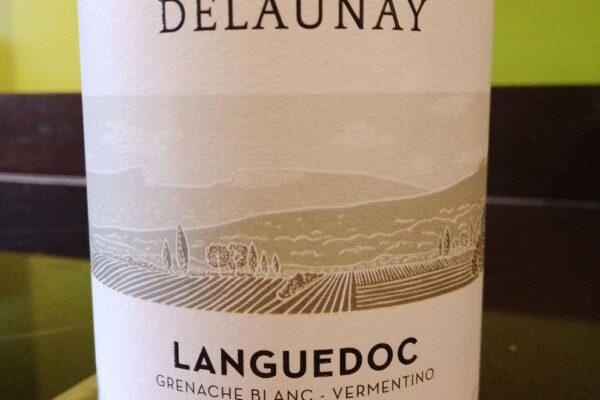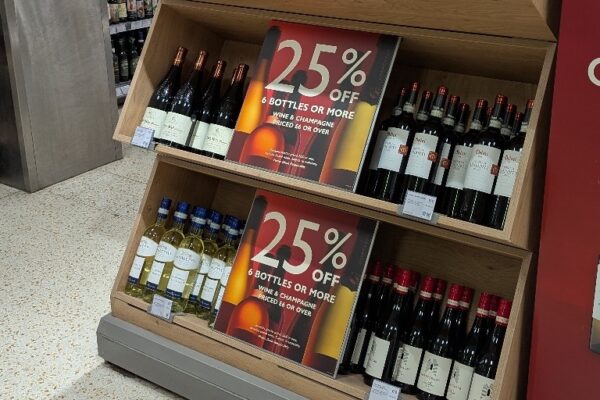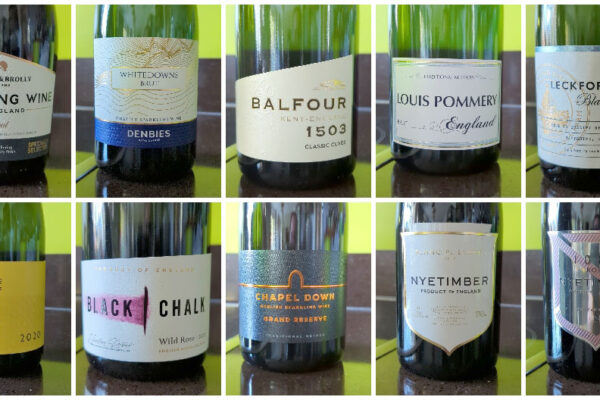
I visited the London Wine Fair 2025 in May 2025. The event featured 433 exhibitors showcasing an impressive 3,213 products. There were prominent, dedicated pavilions representing France, Italy, Romania, Japan, Greece, Macedonia and Georgia. Each of these had clearly made a strong effort to stand out, with Romania, Japan, Greece, Macedonia and Georgia in particular aiming to establish and expand their footprint in the UK market. In contrast, New Zealand, Australia, Portugal and Spain were notably absent as national pavilions, though this was unsurprising. These countries already enjoy a firm footing in the UK and host their own large-scale trade tastings annually. Their wines were still easy to find at many importer stands throughout the show. Portugal also had a strong presence with numerous producers spread throughout the Wines Unearthed area.
With such an overwhelming number of wines on offer, it was impossible to do more than scratch the surface. I came across a larger number than normal of excellent wines, although this meant taking fewer notes than usual. I will hopefully revisit and explore some of them more thoroughly and at a slower pace over time.
Here are those that particularly stood out to me. Where known, the importer or supplier is listed in brackets. To find where these wines are available, I recommend a quick online search.

Champagne Taittinger Brut Vintage 2016, £60 (Hatch Mansfield)
Hattingley Valley Kings Cuvée 2017, £88 (Hattingley Valley)
Domaine Belleville Rully La Crée 2022, £36.50 (Vindependents)
Lugana doc Vigne Alte, Zeni 2023, £17.49 (Cachet Wine)
Le Charme Sauvignon Blanc by Christine Cabri 2024, £10.49 (Cachet Wine)
Nautilus Estate Chardonnay 2022, £24 (Fells)
Grüner Veltliner, Löss, Weingut Rabl 2023, £15.49 (Hallgarten & Novum Wines)
Atlante Vidueño 2022, £36 (Moreno Wines)
Vina VIK 2019, £155.50 (Hallgarten & Novum Wines)
Château Ponzac Maintenant ou Jamais, Cahors 2021, £17.91 (Alliance Wine)
Mas Blanch i Jové Saó Abrivat 2022, £22 (Vindependents)
Dugladze Saperavi Reserve 2020, £24.99 (Transylvania Wines)
Rapaura Springs Malborough Sauvignon Blanc 2024 £15 (VINVM, Waitrose)
Brown Brothers Patricia Chardonnay 2022 £33 (Sandhams)
Licenciado Rioja Reserva 2020 (Unrepresented)
Marqués de Cáceres Gaudium 2020 £53 (Fine Wines Direct)
Tenuta Morciano Arena 2022 (Unrepresented)
Feudo Croce Imperio LXXIV Primitivo di Manduria 2022 (Unrepresented, also Vivino)
Tenuta Valleselle Valpolicella Ripasso Superiore 2022 (Unrepresented, also Vivino)
Perlegos Duetto 2022 Lodi (Unrepresented)
Canihan Pino Noir 2019 Sonoma Coast (Unrepresented)
Herdade Da Calada Vinho Tinto 2021 Alentejo (Seventy9North)
Grand’Arte Alicante Bouschet 2022 £15 (Richmond Wine Agencies)
Ramos Family Reserva 2023 £11 (Oakley Wine Agencies, will be in Morrisons)
Altos de Torona Albariño £15 (Oakley Wine Agencies, Waitrose)
A few insights emerged from conversations at the event, although, truth be told, there was considerably more tasting than talking.
One interesting development is that some producers, for example Italy’s Tinazzi, are beginning to bypass traditional routes and are instead starting to sell directly to the UK through platforms like Vivino. It’s an indication of how digital channels are reshaping the way wine reaches consumers.
There was also plenty of confirmation of the two-tier UK market structure I’d previously observed at the Hallgarten & Novum tasting. Wines increasingly seem to fall into two distinct categories: those aimed at the mass market, where price is paramount, and those designed for premium venues where cost matters far less. The middle ground, wines that don’t fit either bracket, appears to be a more difficult space to operate in. One importer mentioned having a significant portfolio of excellent wines in this in-between category, yet finding little demand for them.
Another useful takeaway involved alternative packaging formats. It turns out that cans, for instance, are most viable when tied to established brands. This makes sense. When introducing a format that’s already a bit unfamiliar, consumers need the reassurance of a trusted name.
On the subject of format and market acceptance, I happened to speak with the Vice President and fifth generation owner of García Carrión, one of Spain’s major wine exporters and he is a key figure in the Spanish wine sector. He mentioned that he’s currently lobbying the Consejo Regulador DOCa Rioja to permit boxed Rioja for the UK market, as well as lower-alcohol Rioja, both of which importers believe would be very well received here. In this case, the obstacle is not consumer interest but regulatory approval.
It was a great event with an impressive variety of wines available to taste and a large number of producers in attendance. It really highlighted the vast scope of the wine industry in the UK and the wide range of players involved, from established names to emerging producers. It was particularly noticeable that countries like Romania, Japan, Greece, Macedonia and Georgia were making a concerted effort to gain a foothold in the market, even against the backdrop of a global decline in wine consumption. I suppose even a small portion of something still vast can still be substantial.




